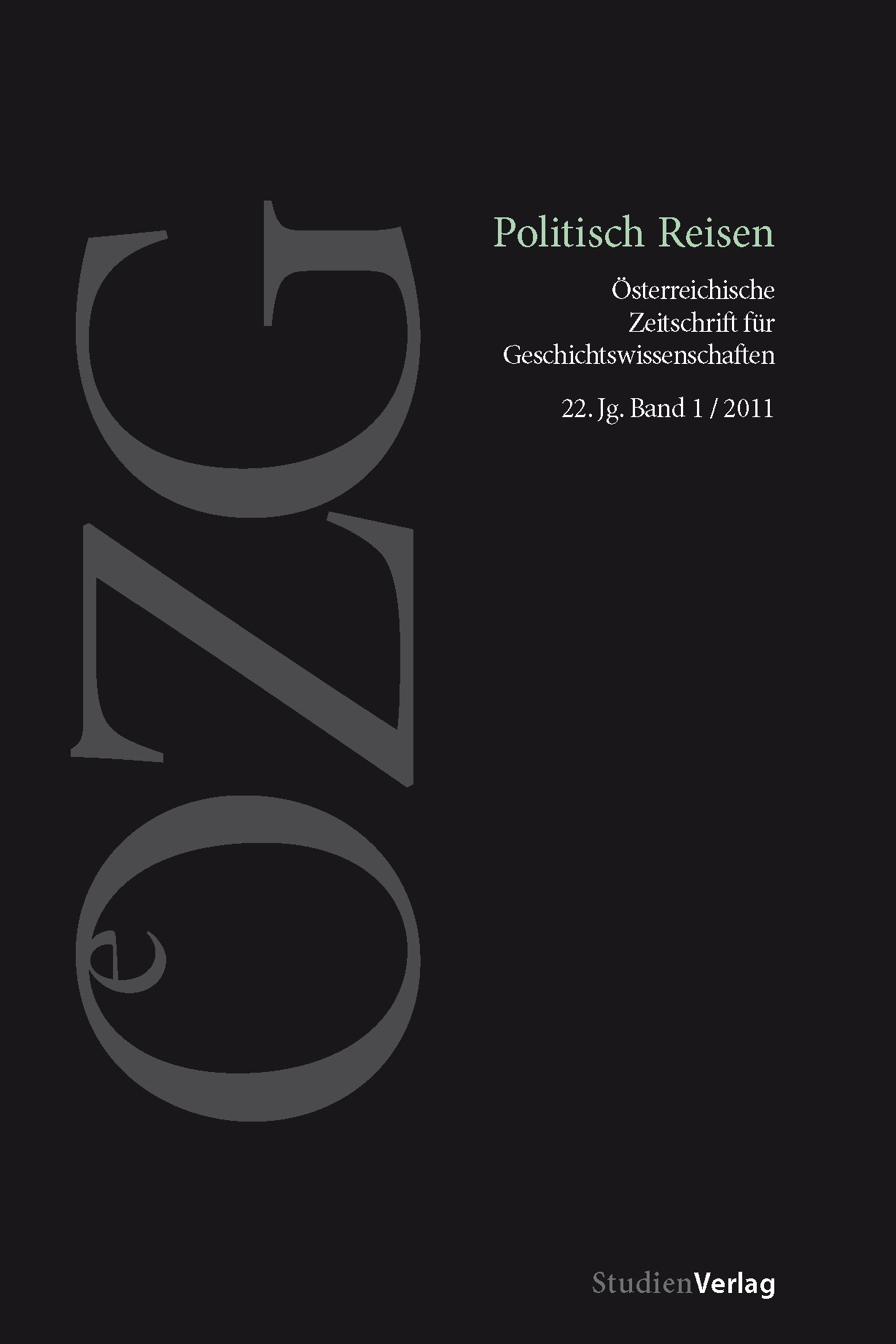„Das ist Zukunftssaat“
Political Travel and German Nationalism in Austria 1900–1933
DOI:
https://doi.org/10.25365/oezg-2011-22-1-6Keywords:
Südmark, Kärnten/Carinthia, Burgenland, tourism, German nationalism, Anschluss, territorializationAbstract
Starting in the late nineteenth century, German nationalist organizations in Imperial Austria sought to anchor their communities in specific territories. Since the Imperial Austrian state did not recognize territorial nations within its boundaries, nationalist activists tried to realize their nations in specific places by promoting a sense of commonality that would link all members of the nation throughout the Empire. Some nationalists saw tourism and travel writing as strategic activities that could specifically strengthen both a sense of national belonging and a sense of national space. Increasingly, nationalists exhorted Germans in Austria to use their leisure and travel opportunities to learn about their brethren in other parts of the Empire.
After the First World War, the destruction of Austria-Hungary and the prevention of an Anschluss between Germany and the Austrian Republic, German nationalists in Austria used tourism and travel accounts as a means to remind their readers of the national territories that had been lost and of the German communities that now suffered under foreign rule. In particular this article examines the efforts of the German nationalist organization Südmark in Austria to use tourism and travel accounts as a way to give new meaning to older concepts of cultural borderlands in the popular imagination. By emphasizing the commonalities of diverse German communities across Central Europe, nationalist activists sought to portray the German-speaking communities of the former Habsburg Monarchy as parts of a larger nation whose reference point was now Germany.


